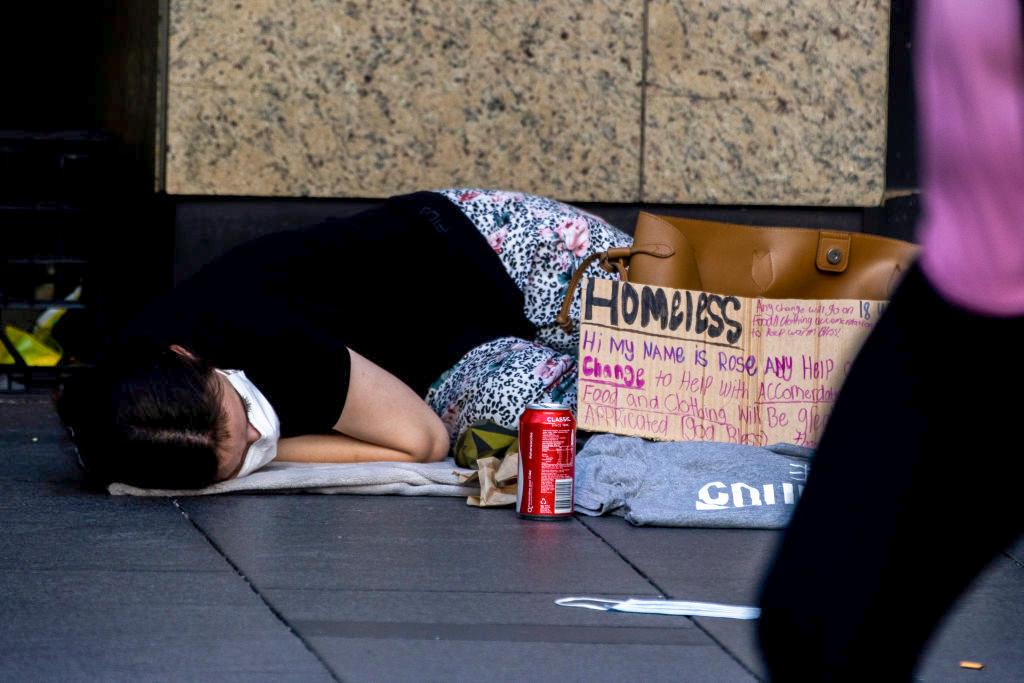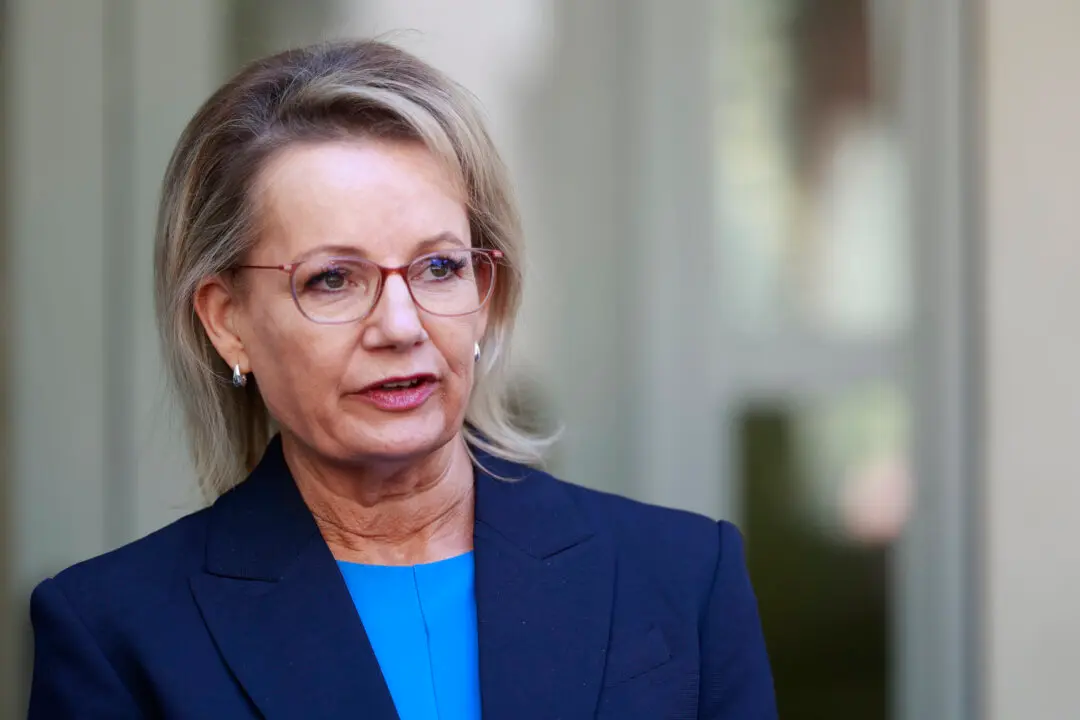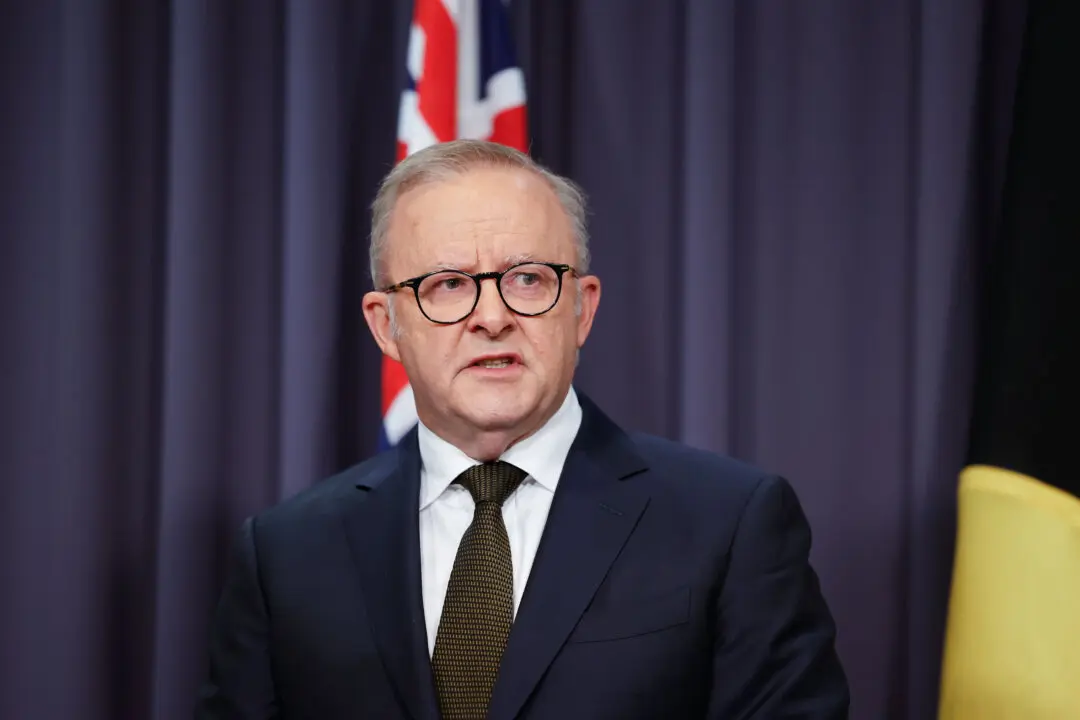The housing crisis in New South Wales remains dire, with new figures showing 67,900 people sought help from homelessness services over the past year, highlighting an urgent need for action.
The Australian Institute of Health and Welfare reported that this number has barely changed from the 68,400 recorded the year before.





